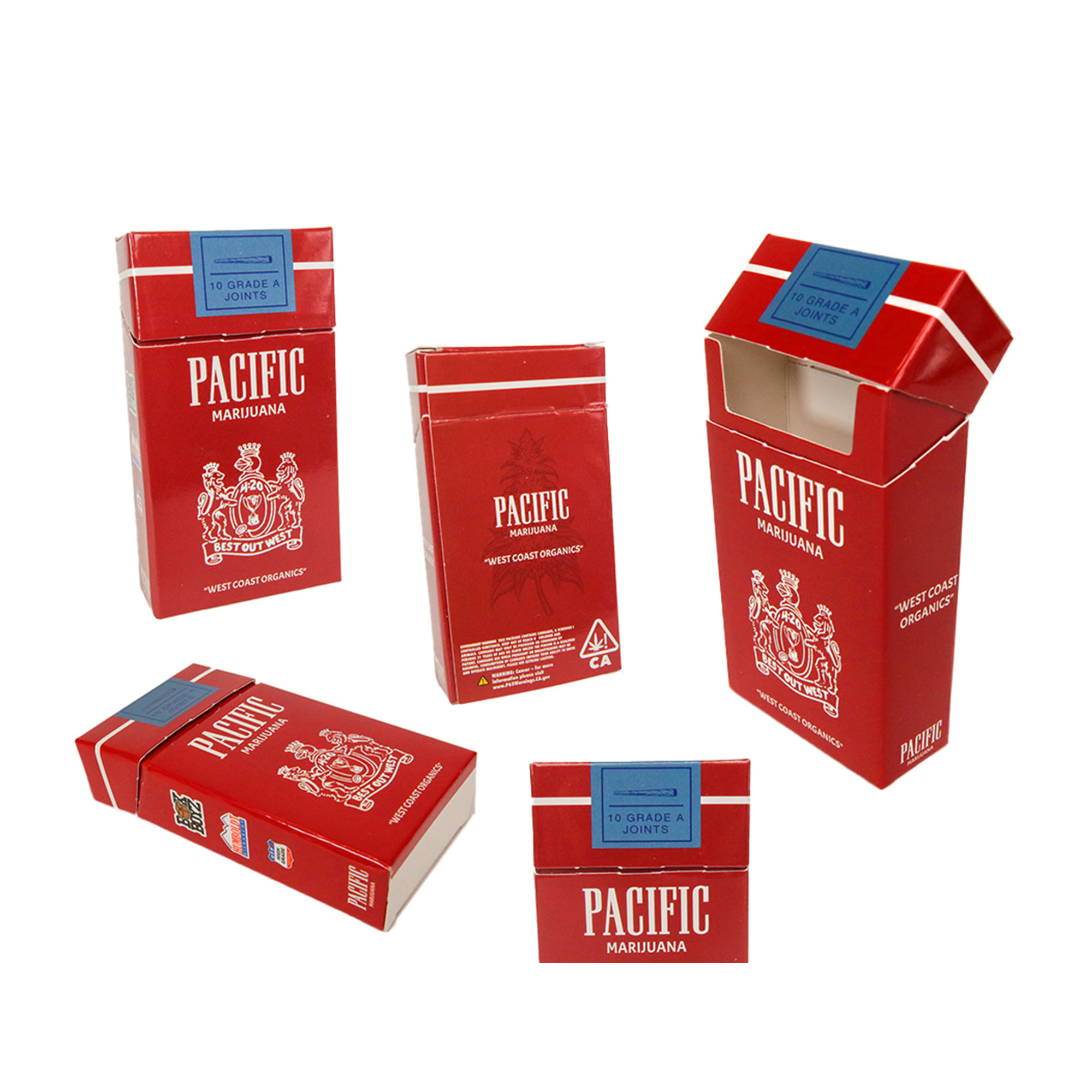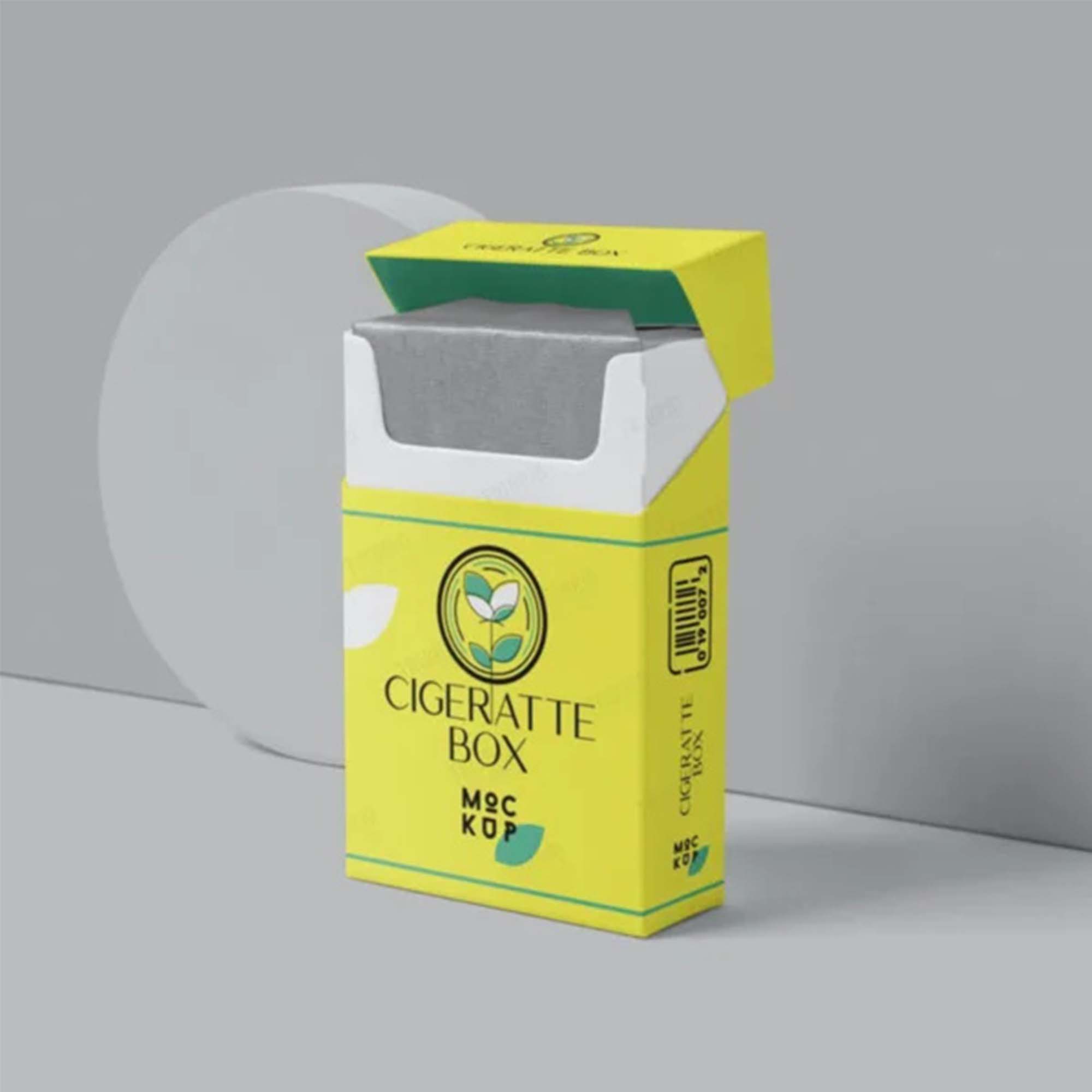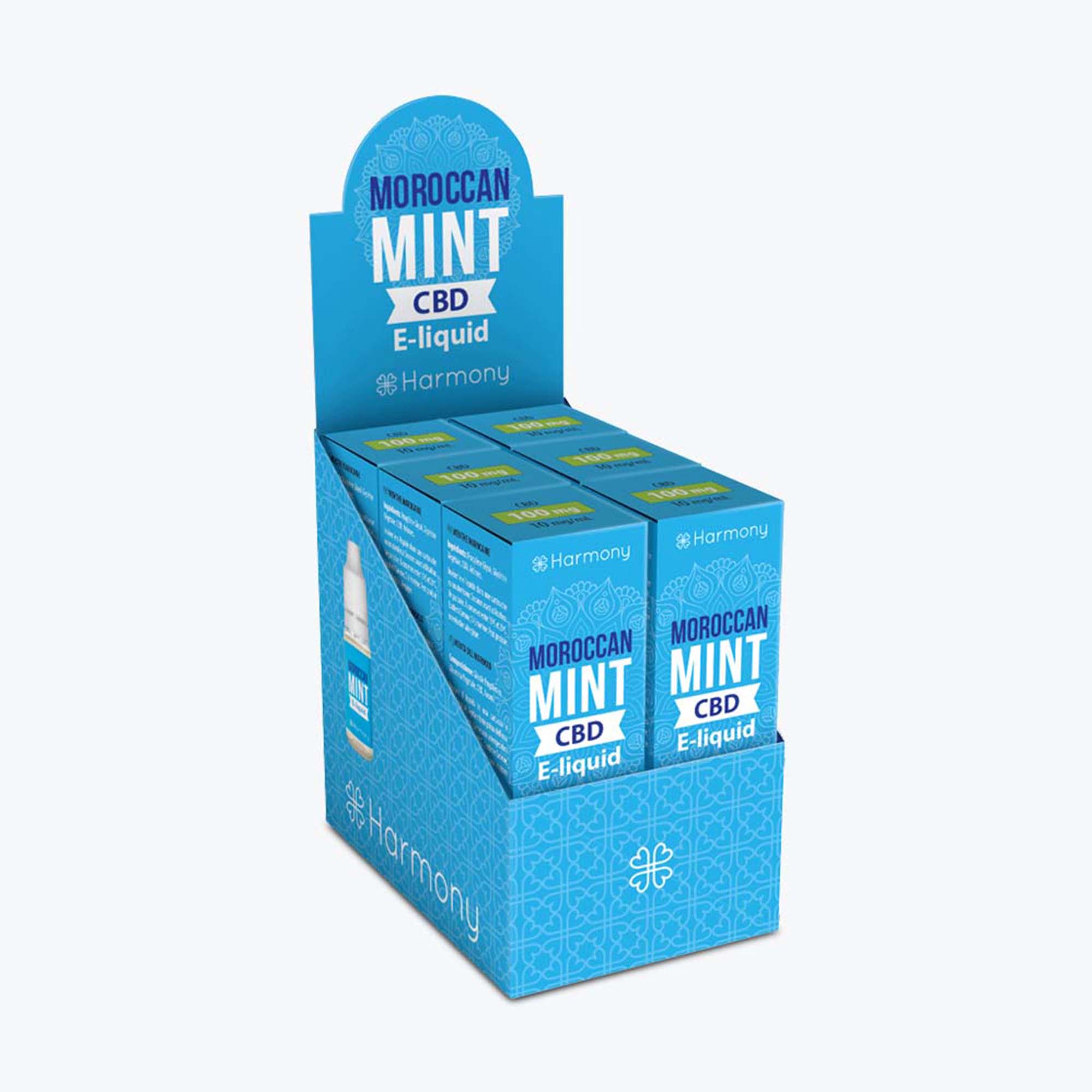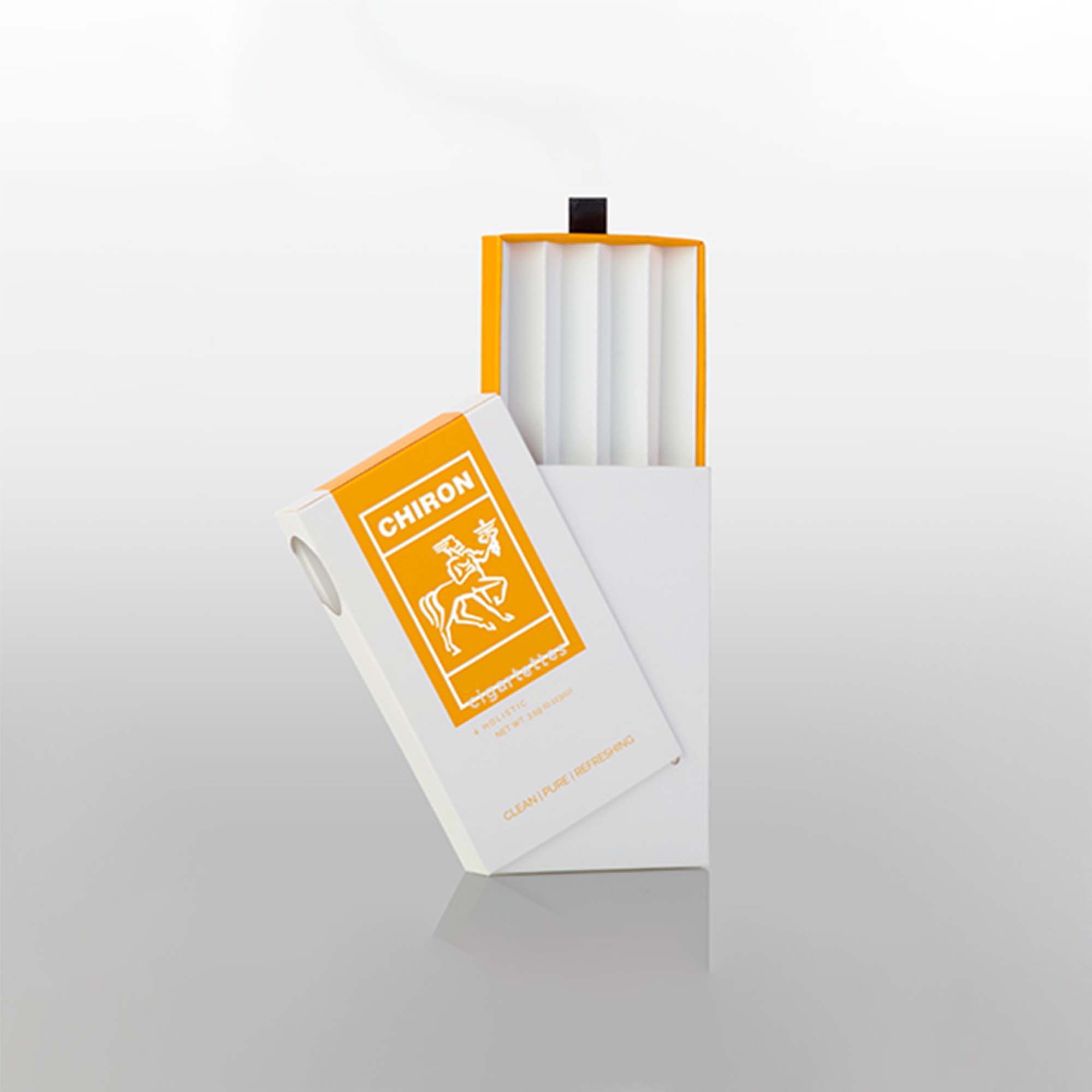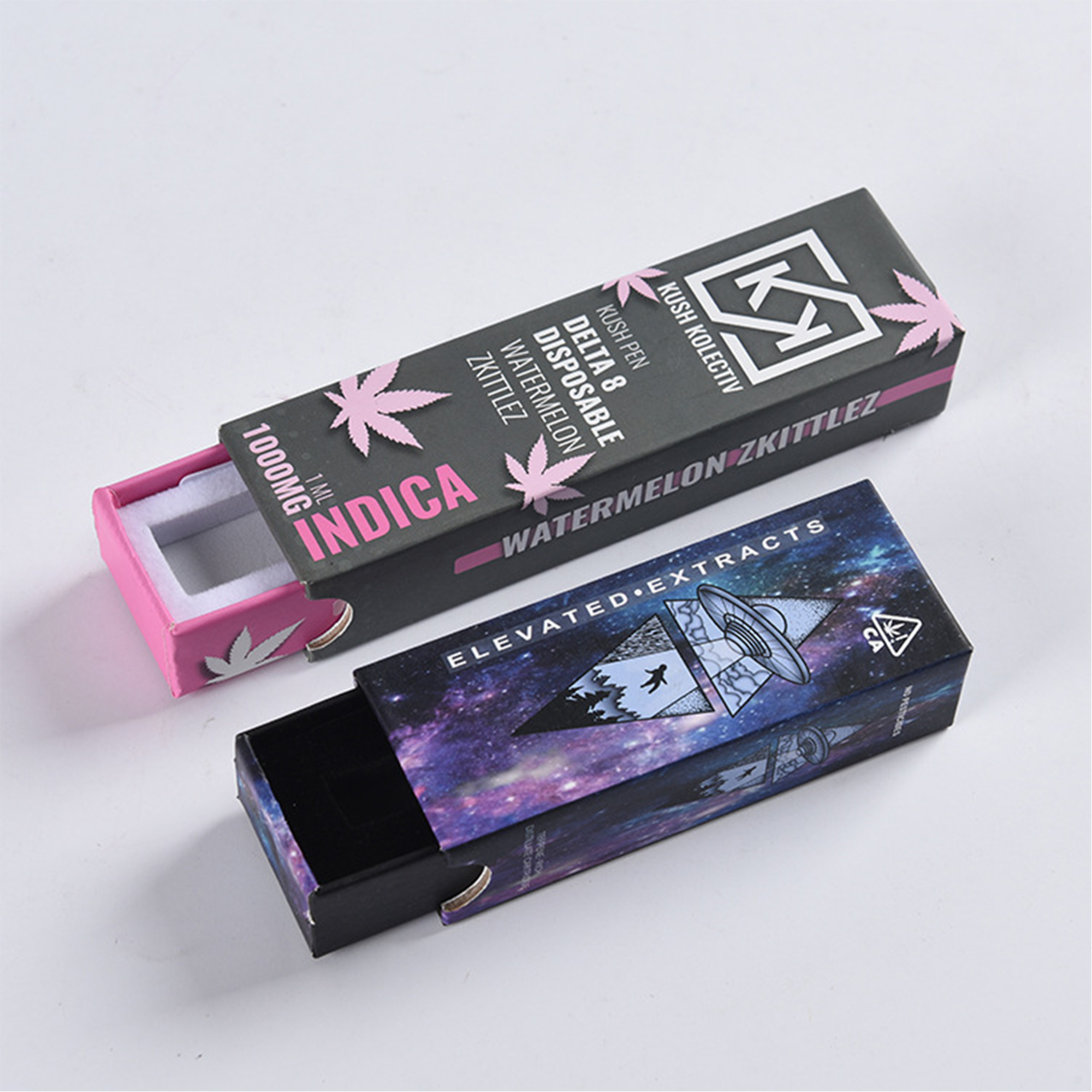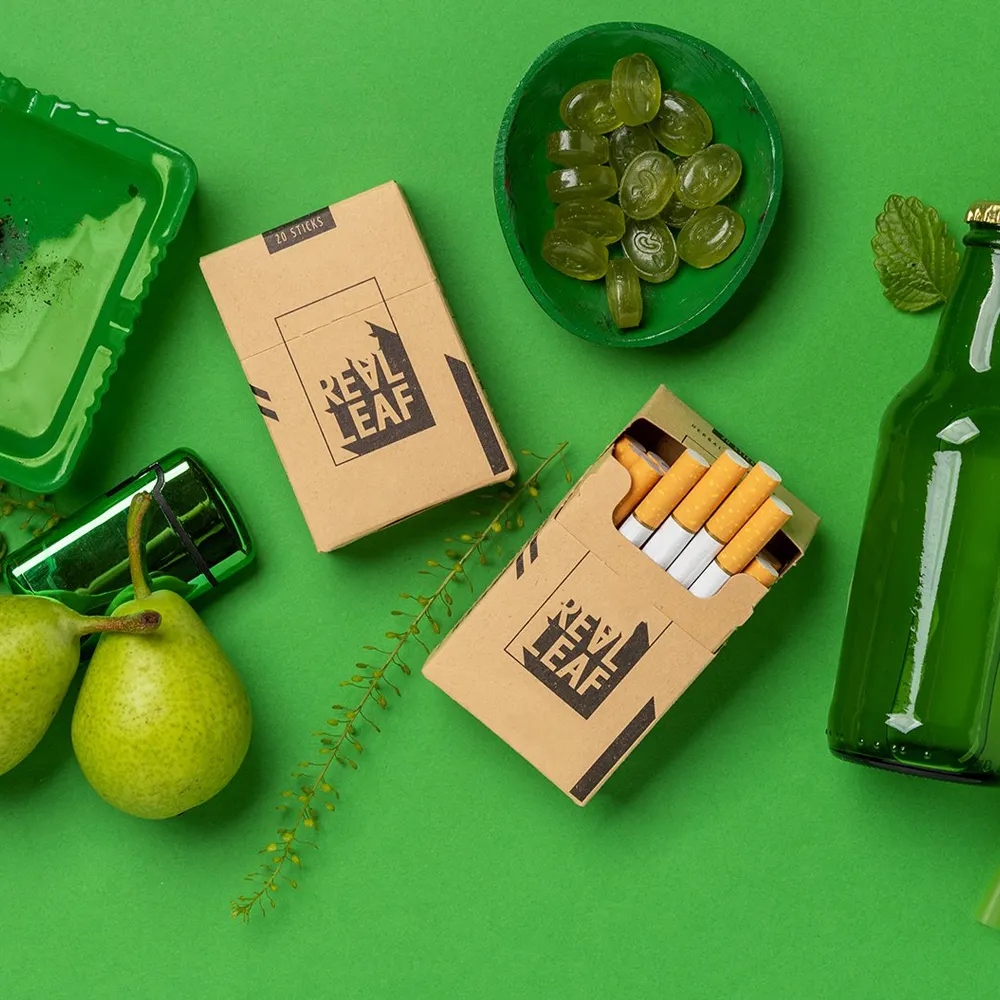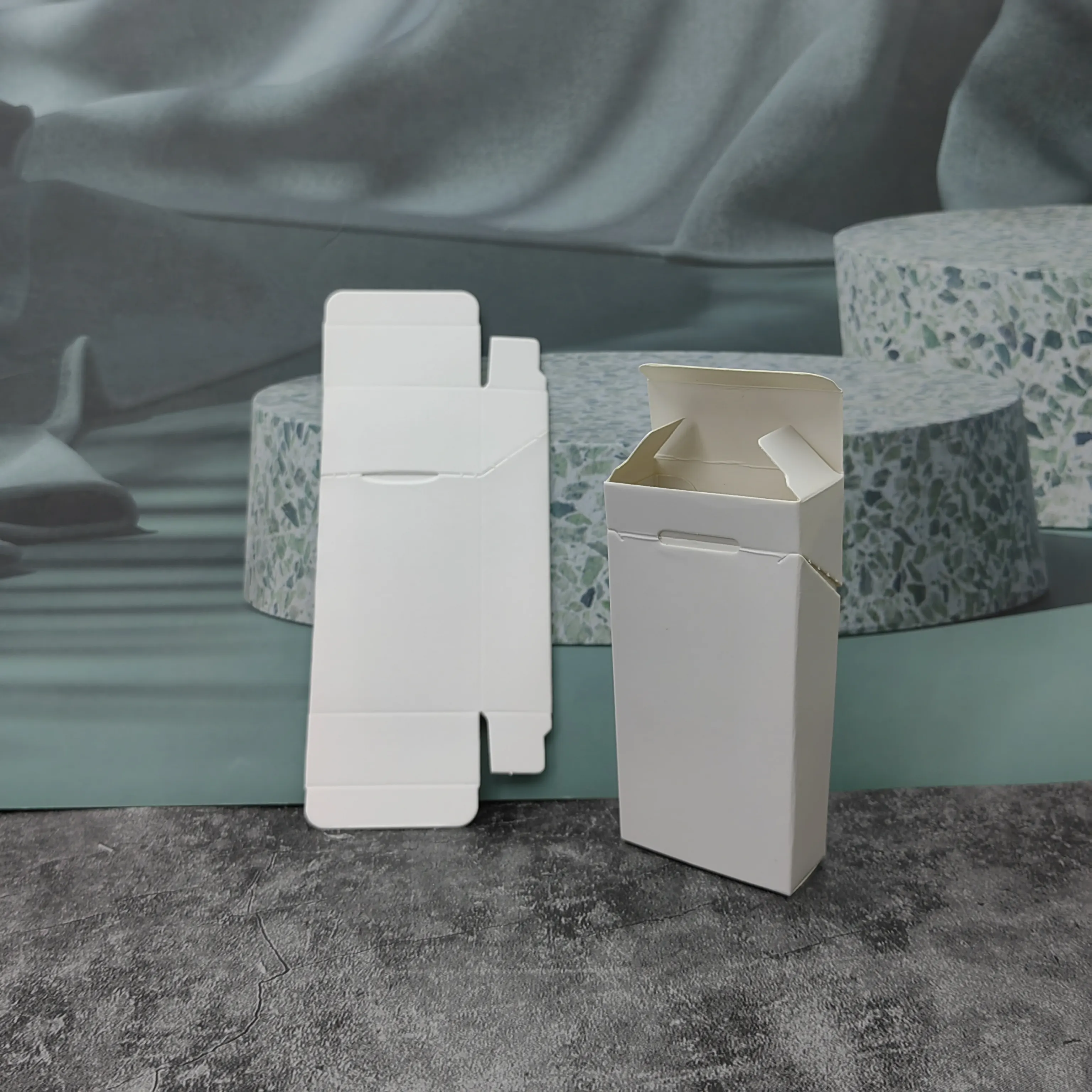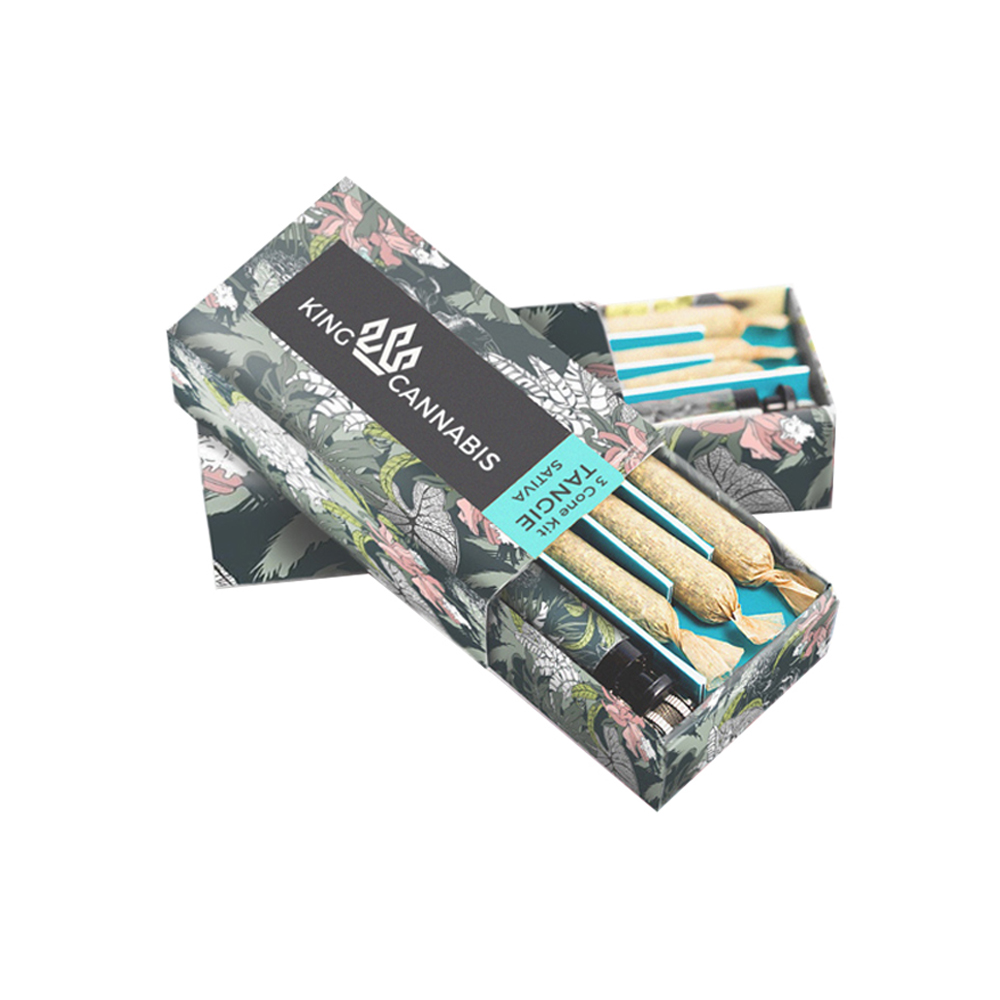What is a smoking box?
smoking boxes, often overlooked, play a crucial role in the tobacco and cannabis industries. These seemingly simple containers are not just practical packaging solutions but also a significant part of branding and consumer experience. This article provides a comprehensive overview of smoking boxes, including their types, uses, and specific applications in the cannabis industry, while offering in-depth industry analysis.
Understanding smoking boxes
Definition and History
A smoking box is a container designed to hold cigarettes and protect them from damage. Historically, smoking boxes have evolved from simple paper wrappers to sophisticated packaging solutions that cater to both practical needs and marketing strategies. The evolution of smoking boxes reflects changes in consumer preferences, regulatory requirements, and advancements in packaging technology.
Types of smoking boxes
Hard Boxes: Known for their rigid structure, hard boxes are made from thick cardboard and offer robust protection for cigarettes. They are commonly used for premium cigarette brands and are favored for their durability and ability to maintain the cigarettes’ freshness.
Soft Packs: Soft packs are more flexible and are made from thinner, more pliable materials. They are often used for more budget-friendly brands and are appreciated for their lightweight and portable nature.
Innovative Packaging: The industry is seeing a rise in innovative packaging solutions, including eco-friendly options. These designs often incorporate sustainable materials and advanced printing techniques to enhance brand appeal and environmental responsibility.
Uses of smoking boxes
Practical Uses
smoking boxes serve several practical purposes:
Protection: They protect cigarettes from physical damage and environmental factors such as moisture and light.
Convenience: They make it easy for consumers to carry and access their cigarettes.
Compliance: They help meet regulatory requirements, including health warnings and ingredient disclosures.
Marketing and Branding
smoking boxes are a powerful marketing tool. They provide a platform for brands to convey their identity and attract consumers through design, color schemes, and branding elements. High-quality packaging can create a premium perception and enhance the overall consumer experience.smoking boxes in the Cannabis Industry
Specialized Packaging
In the cannabis industry, smoking boxes are adapted to meet the specific needs of cannabis products. These adaptations include:
Child-Resistant Features: To comply with regulations and ensure safety, cannabis smoking boxes often include child-resistant mechanisms.
Informative Labels: Detailed labels provide information about the product’s potency, origin, and usage instructions, which is crucial for consumer safety and education.
Enhanced Design: Cannabis packaging often features unique designs to differentiate products and appeal to a diverse consumer base.
Industry Trends
The cannabis industry’s focus on innovation and consumer experience has led to trends such as:
Sustainable Packaging: There is a growing emphasis on using eco-friendly materials and reducing environmental impact.
Customization: Brands are investing in custom designs to stand out in a competitive market and enhance brand loyalty.
In-Depth Industry Analysis
Materials and Structure
smoking boxes come in different materials and structures, including hard boxes, soft packs, and newer eco-friendly packaging options.
Hard Boxes: Usually made from sturdy cardboard, hard boxes offer superior protection. The cigarettes inside are often wrapped in aluminum foil to ensure freshness and dryness. This type of box is favored for its durability and premium feel.
Soft Packs: Made from thin paper or plastic, soft packs are flexible and convenient for carrying. Unlike hard boxes, soft packs typically do not include additional aluminum foil wrapping, which might make them more susceptible to external factors.
Eco-Friendly Packaging: With growing environmental awareness, many brands are adopting recyclable materials and eco-friendly designs. This type of packaging not only reduces environmental impact but also appeals to consumers who are conscious about sustainability.
Warning Labels: Many countries and regions require smoking boxes to display health warning labels. These labels typically include images and text about the health risks of smoking.
Brand Examples: Marlboro and Chunghwa
Marlboro: As a globally recognized tobacco brand, Marlboro is known for its classic hard box packaging. Marlboro boxes often utilize integrated machine production technology to ensure consistency and quality in each package. The hard box design not only exudes a premium feel but also effectively protects the quality of the cigarettes.
Chunghwa: Chunghwa’s smoking box design emphasizes tradition and luxury. Chunghwa boxes often use exquisite cardboard and intricate printing techniques, reflecting the brand’s premium and prestigious image. The use of machine production ensures the fine craftsmanship and uniformity of each box.
Market Trends
North American and European Markets: In North America and Europe, market trends in smoking box design and materials are shifting towards sustainability and eco-friendliness. There is increasing consumer demand for eco-friendly packaging, which is driving many brands to adopt recyclable and biodegradable materials. Additionally, the packaging design for cannabis products is also evolving, needing to meet regulatory requirements while appealing to consumers.
Post time: Sep-10-2024


